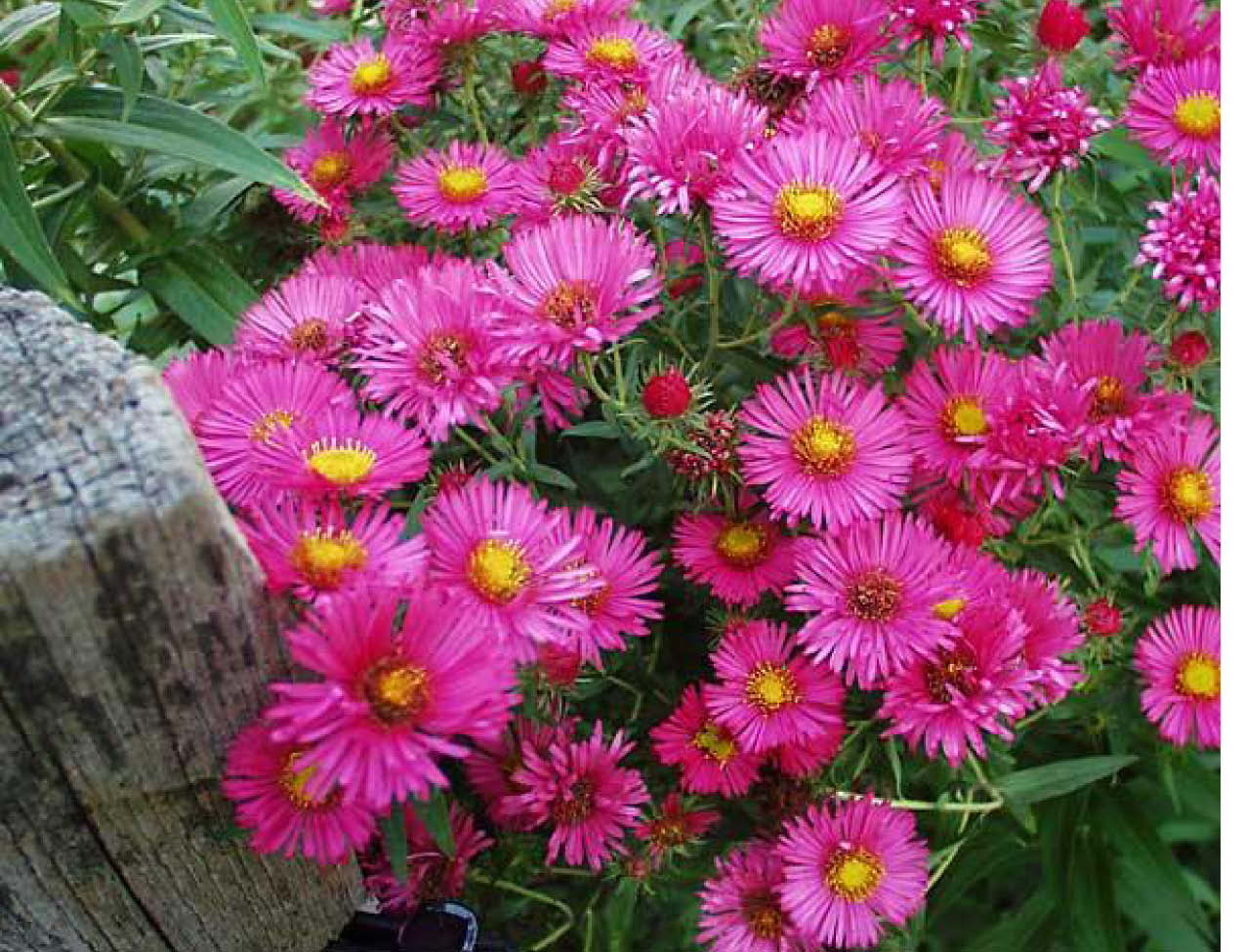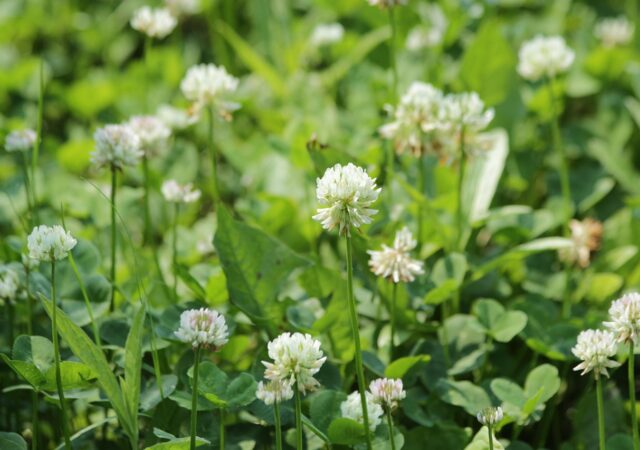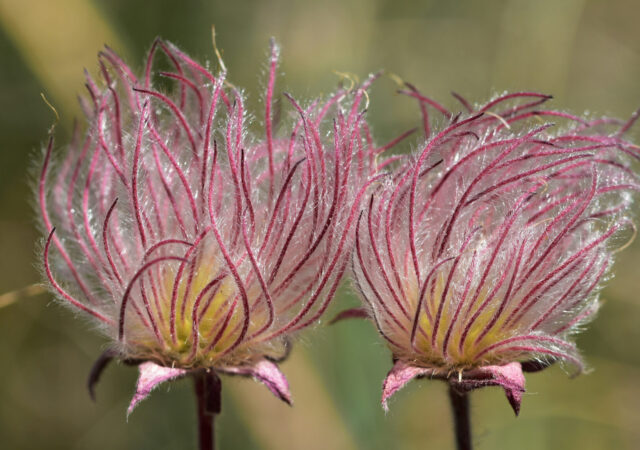Let’s talk about how we can support native Minnesota bee habitats! As a quick review, native bee populations are in urgent need of our help. Their food sources are being contaminated by pesticides, their habitats are shrinking due to agriculture and housing development, and air pollution is impacting their overall health. That’s just the tip of the iceberg when it comes to the challenges our local bees face.
As urban gardeners, we have the power to make a difference—starting with creating safe overwintering habitats for bees to rest and regenerate. Many native bees overwinter in the ground, nestled in dense leaf piles, tucked into woodpiles, or burrowed in thick garden bed mulch. Even the stems of pithy plants in your landscape can serve as safe havens for bee eggs, helping support next year’s population.
How to Create a Bee-Friendly Fall GARDEN Cleanup Plan
Instead of cutting down all your garden plants at the end of the season, consider leaving stalks of Monarda, Asters, Goldenrod, Elderberry, and Sumac intact. Depending on the species of bee, different parts of these plants provide essential shelter:
- Some bees use the lower portions of stems for nesting.
- Others prefer the upper portions of stalks at a height of 12-15 inches.
By adjusting your fall gardening routine, you’re giving these pollinators a better chance to survive the winter and return to pollinate your garden, flowers, and plants next season.
Bonus Bee Fact
Queen bees are quite the strategists! They often overwinter on the north side of hills and homes, where it stays cold and dark. Why? To avoid being tricked by a warm, sunny day into emerging too soon—only to be caught off guard by an overnight freeze.
By making small changes in how we manage our gardens and landscapes, we can give native bees the best chance at survival. Want to learn more about creating a pollinator-friendly garden? Stop by Sunnyside Gardens – your trusted local garden center – and explore our expert-recommended pollinator plants and eco-friendly gardening solutions!
Follow us on Social Media and subscribe to our Newsletters for even more tips!




